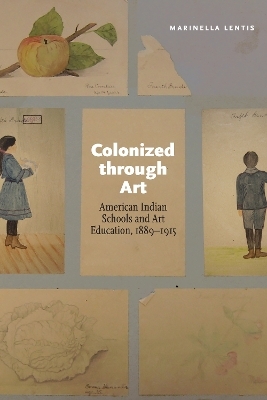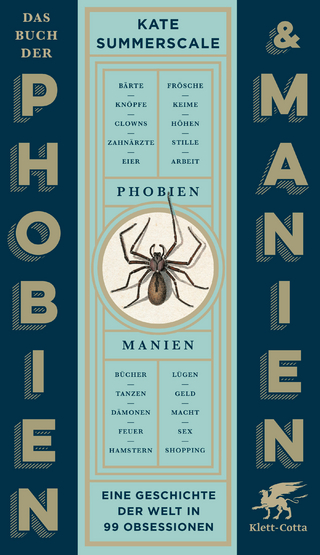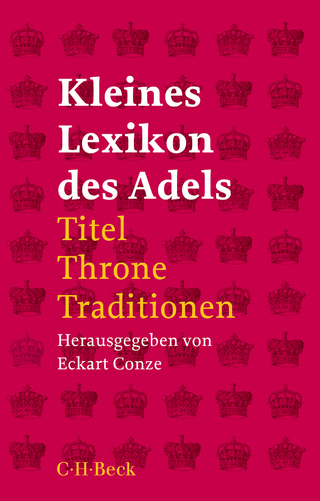
Colonized through Art
University of Nebraska Press (Verlag)
978-0-8032-5544-9 (ISBN)
Colonized through Art explores how the federal government used art education for American Indian children as an instrument for the “colonization of consciousness,” hoping to instill the values and ideals of Western society while simultaneously maintaining a political, social, economic, and racial hierarchy.
Focusing on the Albuquerque Indian School in New Mexico, the Sherman Institute in Riverside, California, and the world’s fairs and local community exhibitions, Marinella Lentis examines how the U.S. government’s solution to the “Indian problem” at the end of the nineteenth century emphasized education and assimilation. Educational theories at the time viewed art as the foundation of morality and as a way to promote virtues and personal improvement. These theories made the subject of art a natural tool for policy makers and educators to use in achieving their assimilationist goals of turning student “savages” into civilized men and women. Despite such educational regimes for students, however, indigenous ideas about art oftentimes emerged “from below,” particularly from well-known art teachers such as Arizona Swayney and Angel DeCora.
Colonized through Art explores how American Indian schools taught children to abandon their cultural heritage and produce artificially “native” crafts that were exhibited at local and international fairs. The purchase of these crafts by the general public turned students’ work into commodities and schools into factories.
Marinella Lentis is an independent researcher specializing in historical Native arts and education.
List of Illustrations
List of Tables
Acknowledgments
Introduction
List of Abbreviations
1. Art “Lifts Them to Her Own High Level”: Nineteenth-Century Art Education
2. “An Indispensable Adjunct to All Training of This Kind”: The Place of Art in Indian Schools
3. “Show Him the Needs of Civilization and How to Adapt His Work to the Needs of the Hour”: Native Arts and Crafts in Indian Schools
4. “The Administration Has No Sympathy with Perpetuation of Any Except the Most Substantial of Indian Handicraft”: Art Education at the Albuquerque Indian School
5. “Drawing and All the Natural Artistic Talents of the Pupils Are Encouraged and Cultivated”: Art Education at Sherman Institute
6. “Susie Chase-the-Enemy and Her Friends Do Good Work”: Exhibits from Indian Schools at Fairs and Expositions
7. “The Comparison with the Work of White Scholars Is Not Always to the Credit of the Latter”: Art Training on Display at Educational Conventions
Conclusion
Appendix A: List of Fairs, Expositions, and Educational Conventions That Featured Indian School Exhibits
Appendix B: Day, Reservation, and Non-Reservation Schools Represented at Major National and International Fairs
Appendix C: Layouts of Minneapolis and Boston Exhibits
Notes
Bibliography
Index
| Erscheinungsdatum | 09.08.2017 |
|---|---|
| Zusatzinfo | 52 illustrations, 12 tables, 3 appendixes, index |
| Verlagsort | Lincoln |
| Sprache | englisch |
| Maße | 152 x 229 mm |
| Themenwelt | Kunst / Musik / Theater ► Kunstgeschichte / Kunststile |
| Geschichte ► Teilgebiete der Geschichte ► Kulturgeschichte | |
| Geschichte ► Teilgebiete der Geschichte ► Wirtschaftsgeschichte | |
| Sozialwissenschaften ► Ethnologie | |
| Sozialwissenschaften ► Pädagogik ► Bildungstheorie | |
| Sozialwissenschaften ► Soziologie | |
| ISBN-10 | 0-8032-5544-6 / 0803255446 |
| ISBN-13 | 978-0-8032-5544-9 / 9780803255449 |
| Zustand | Neuware |
| Haben Sie eine Frage zum Produkt? |
aus dem Bereich


